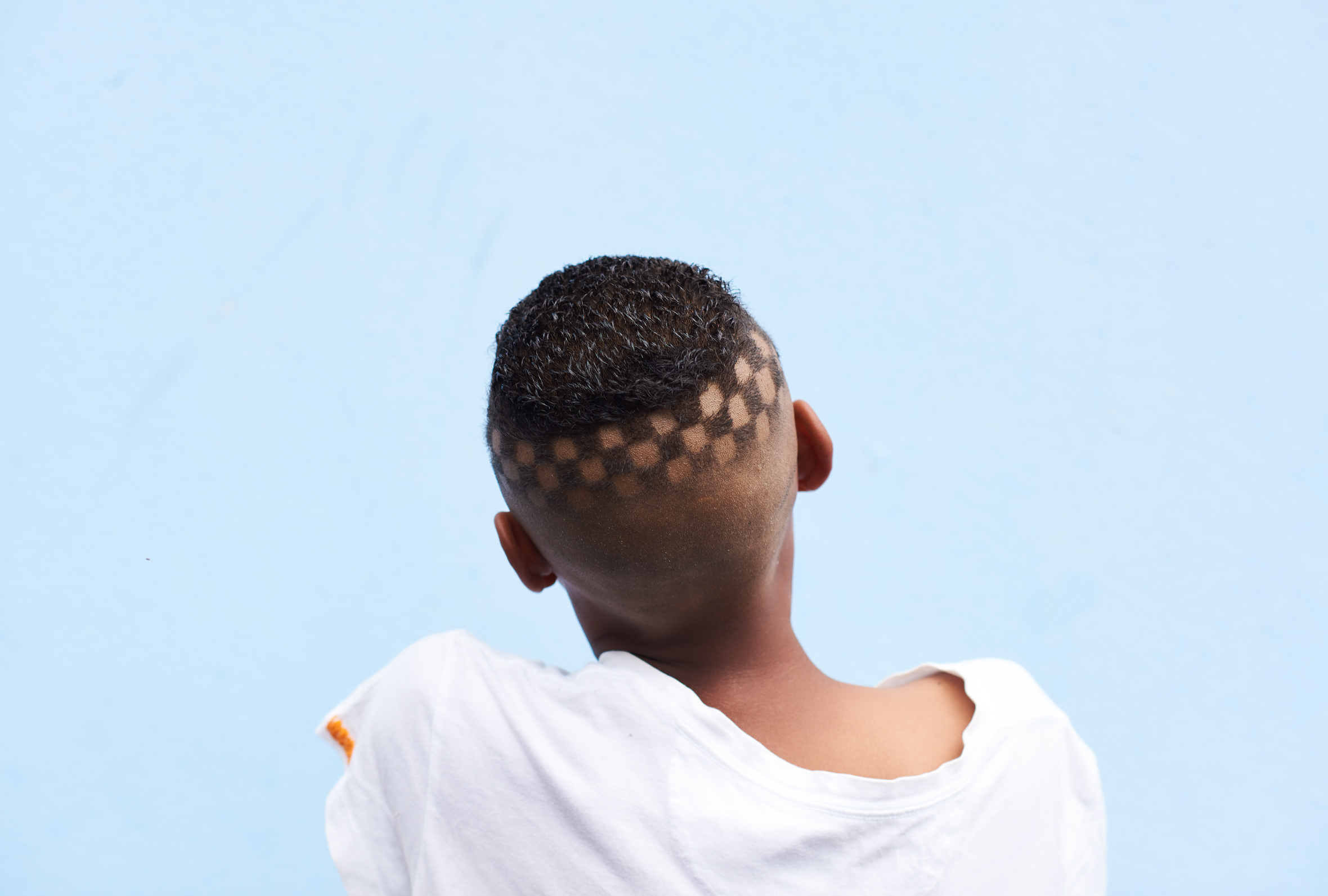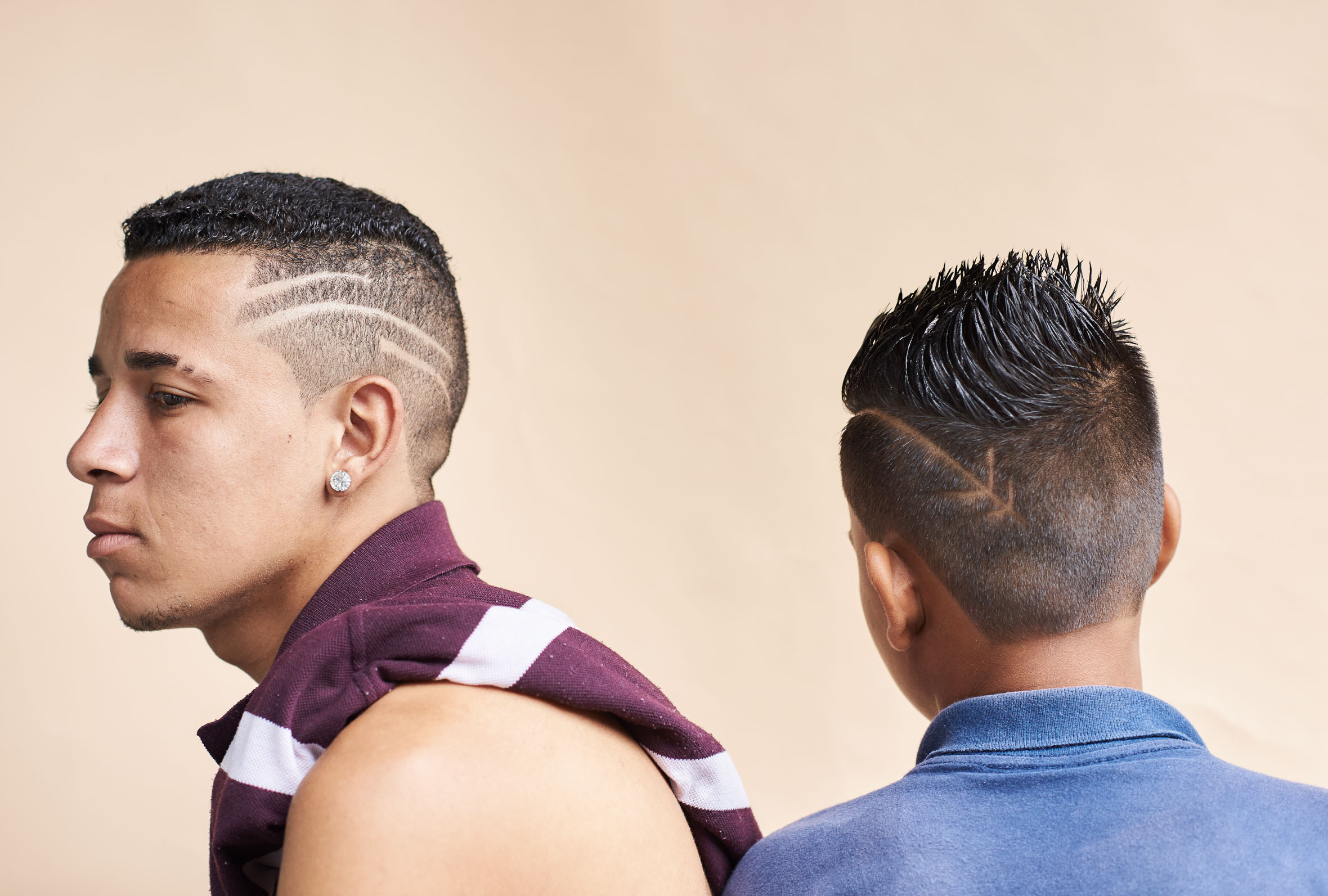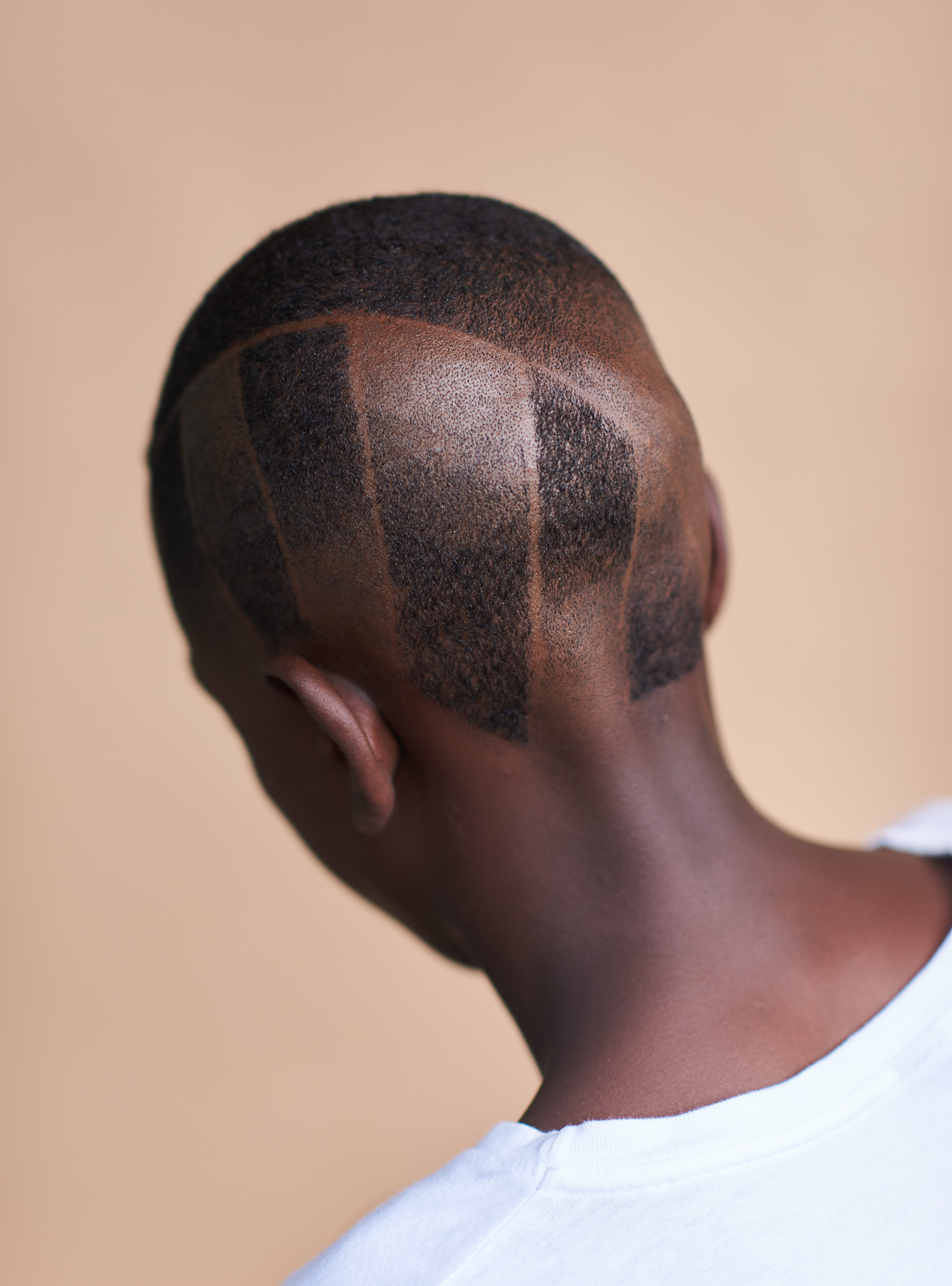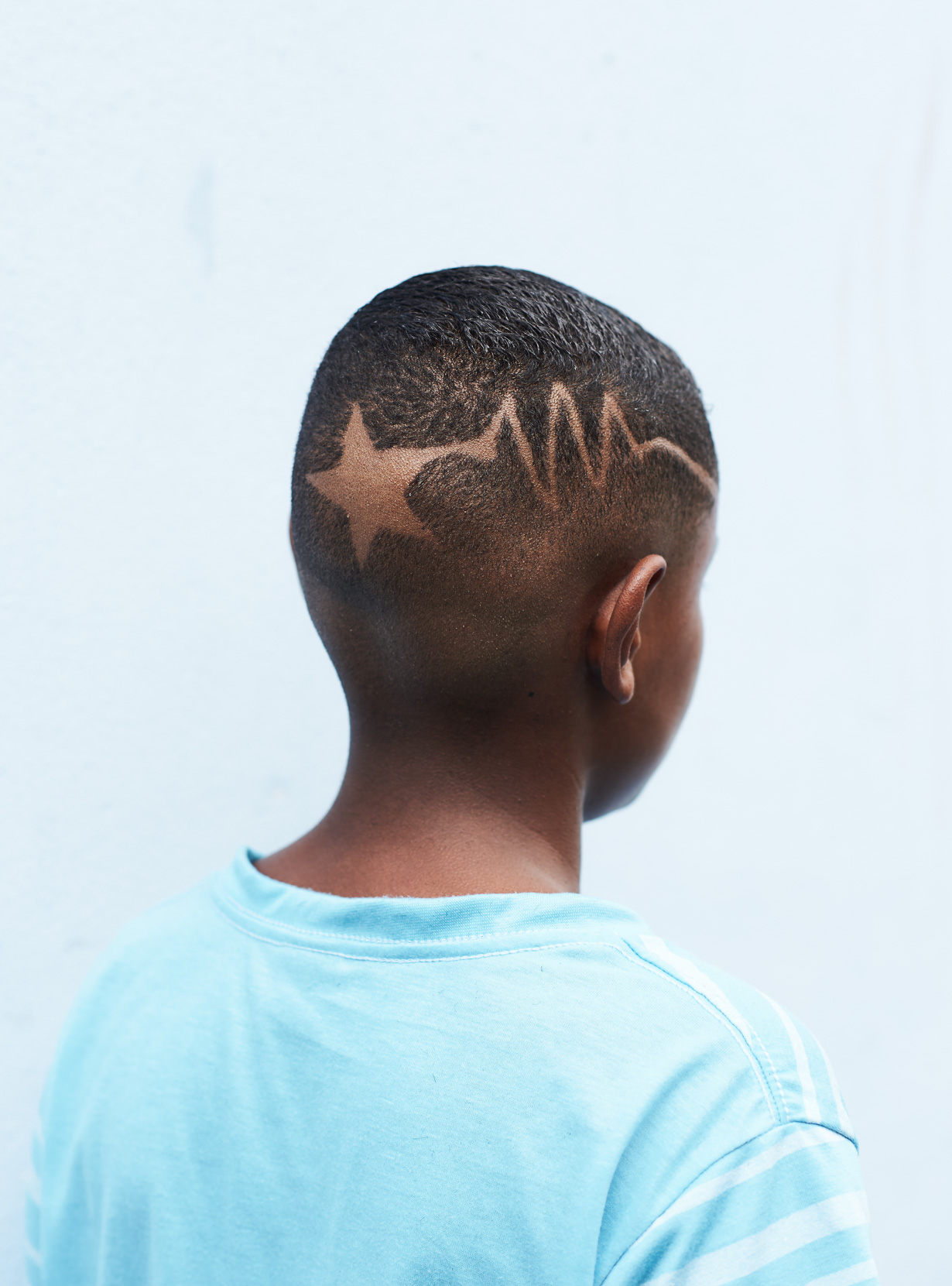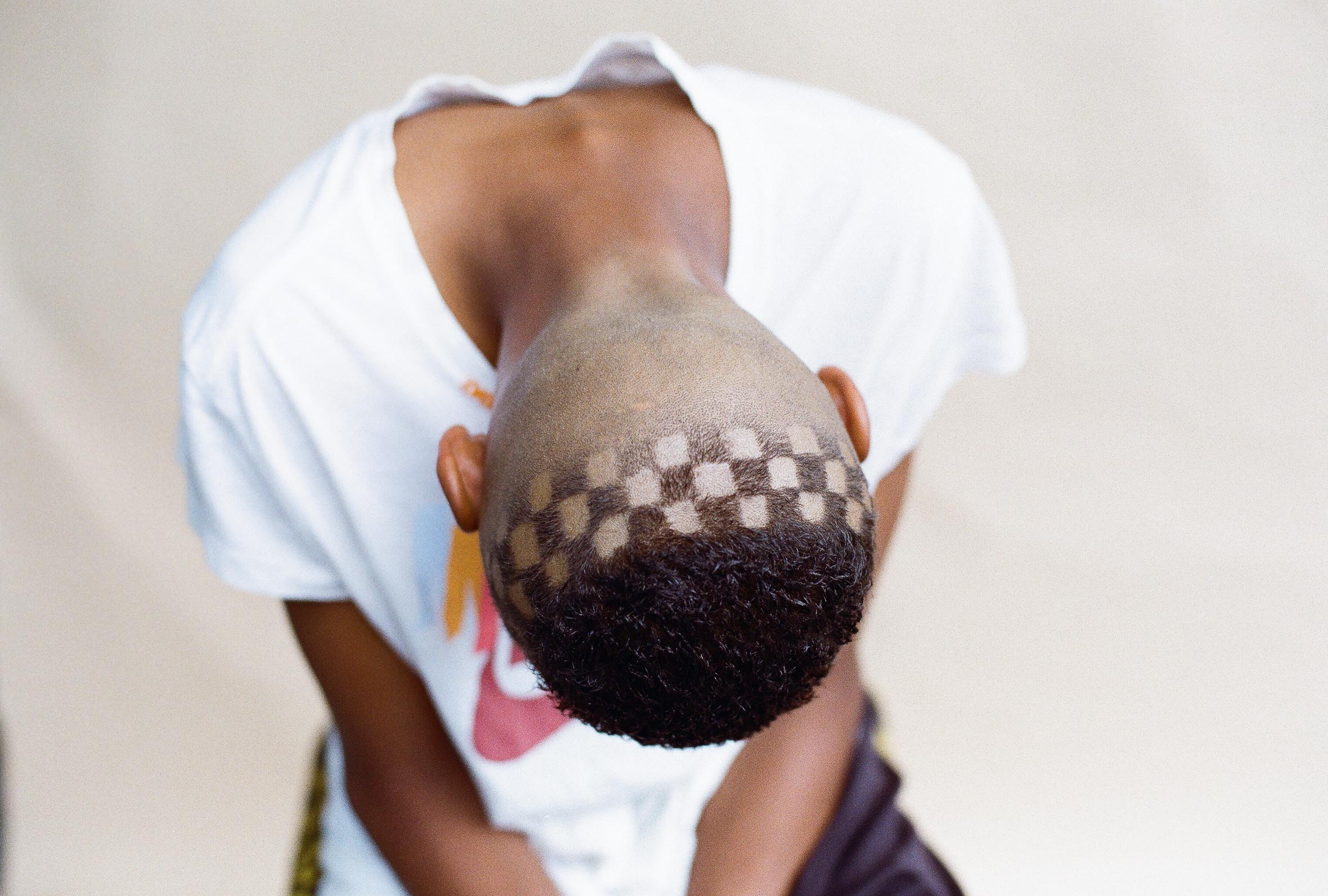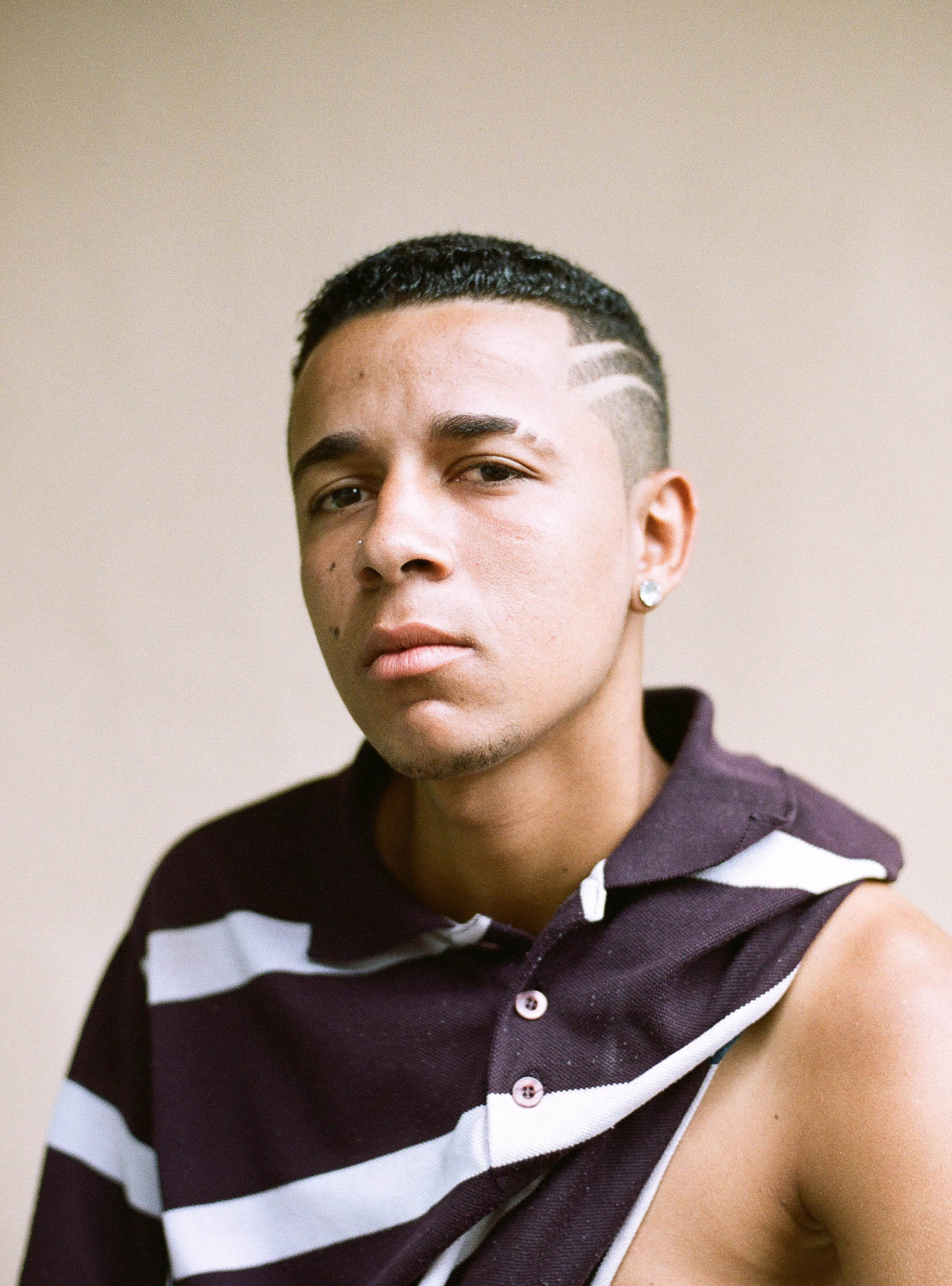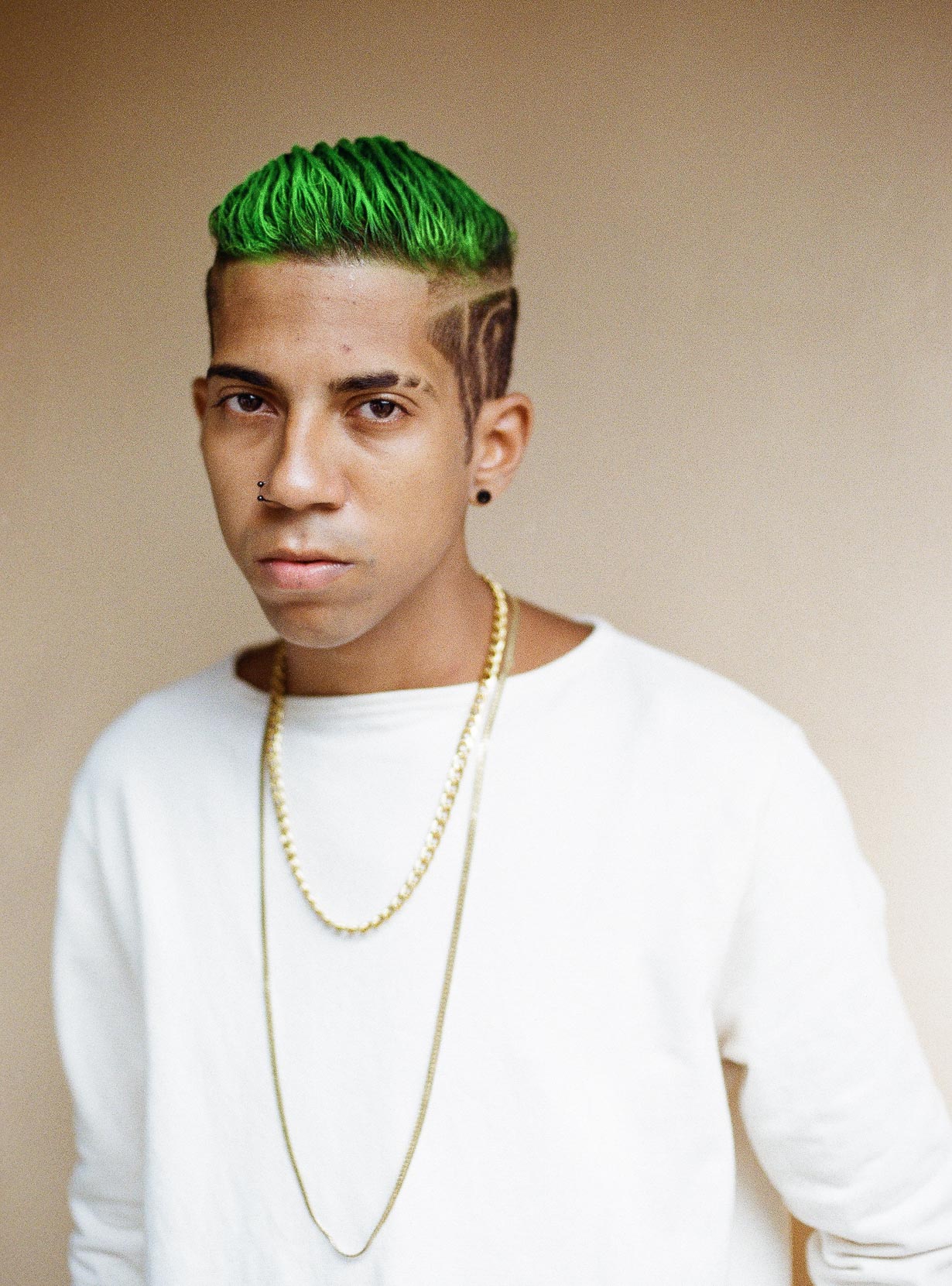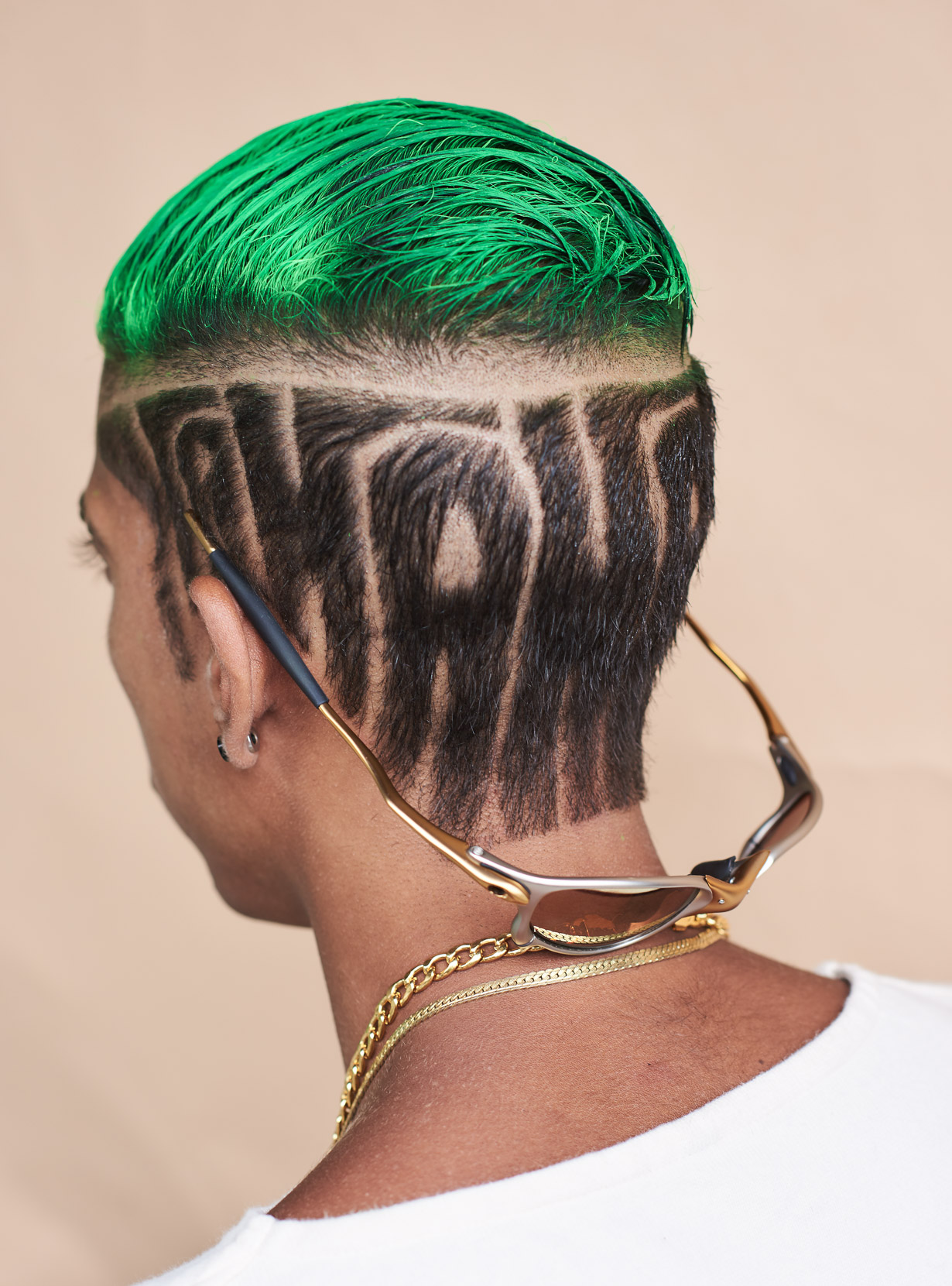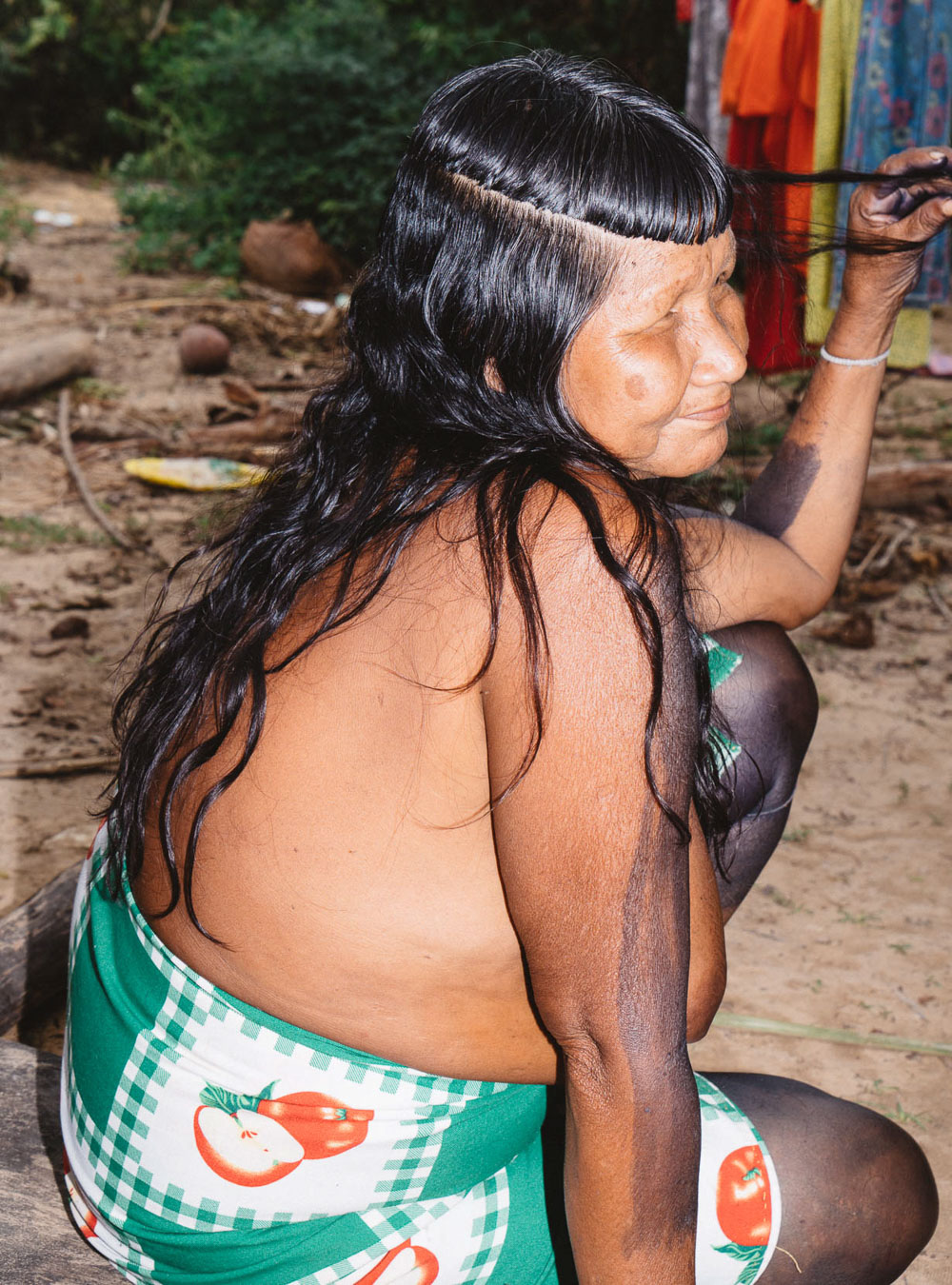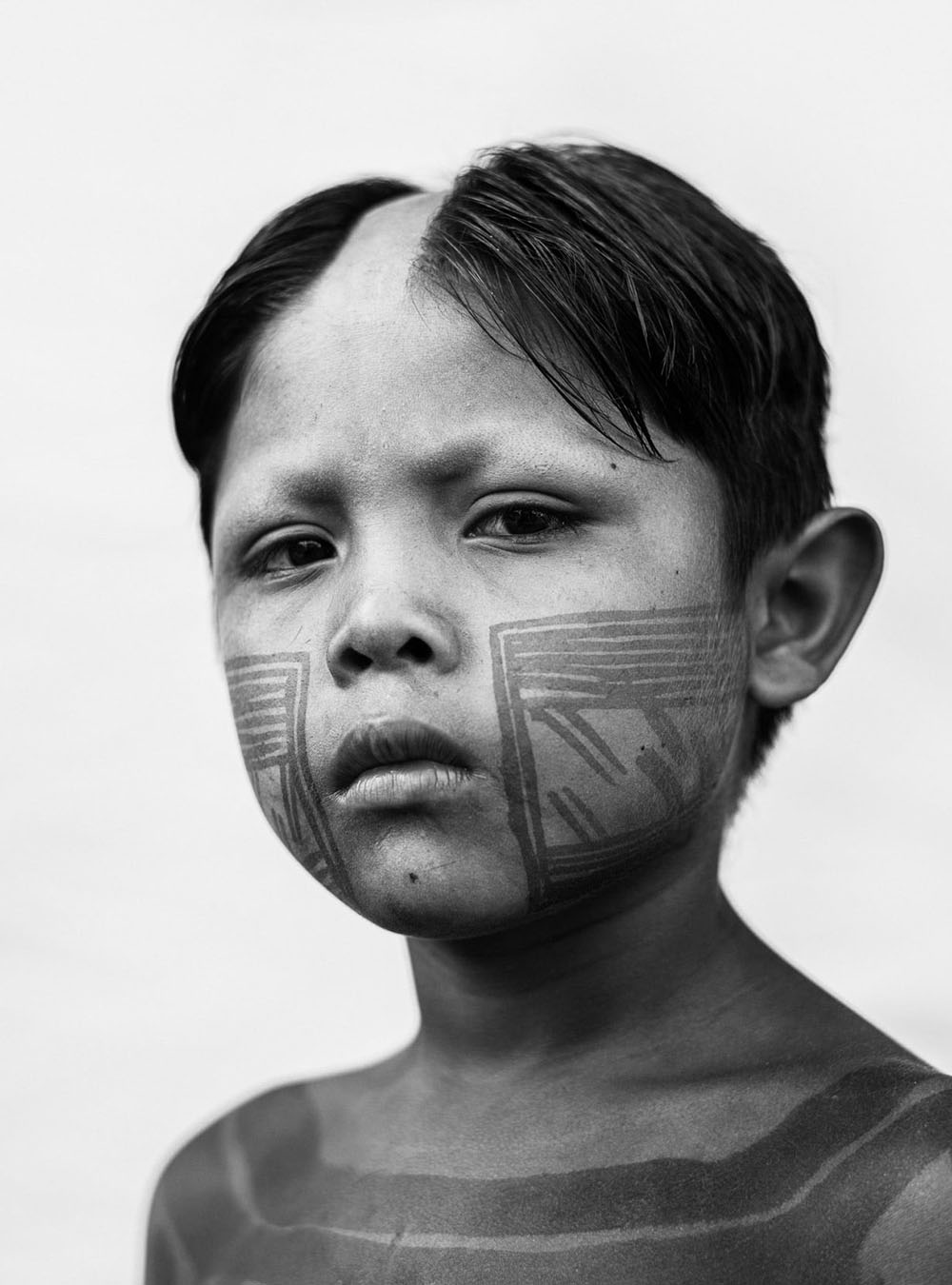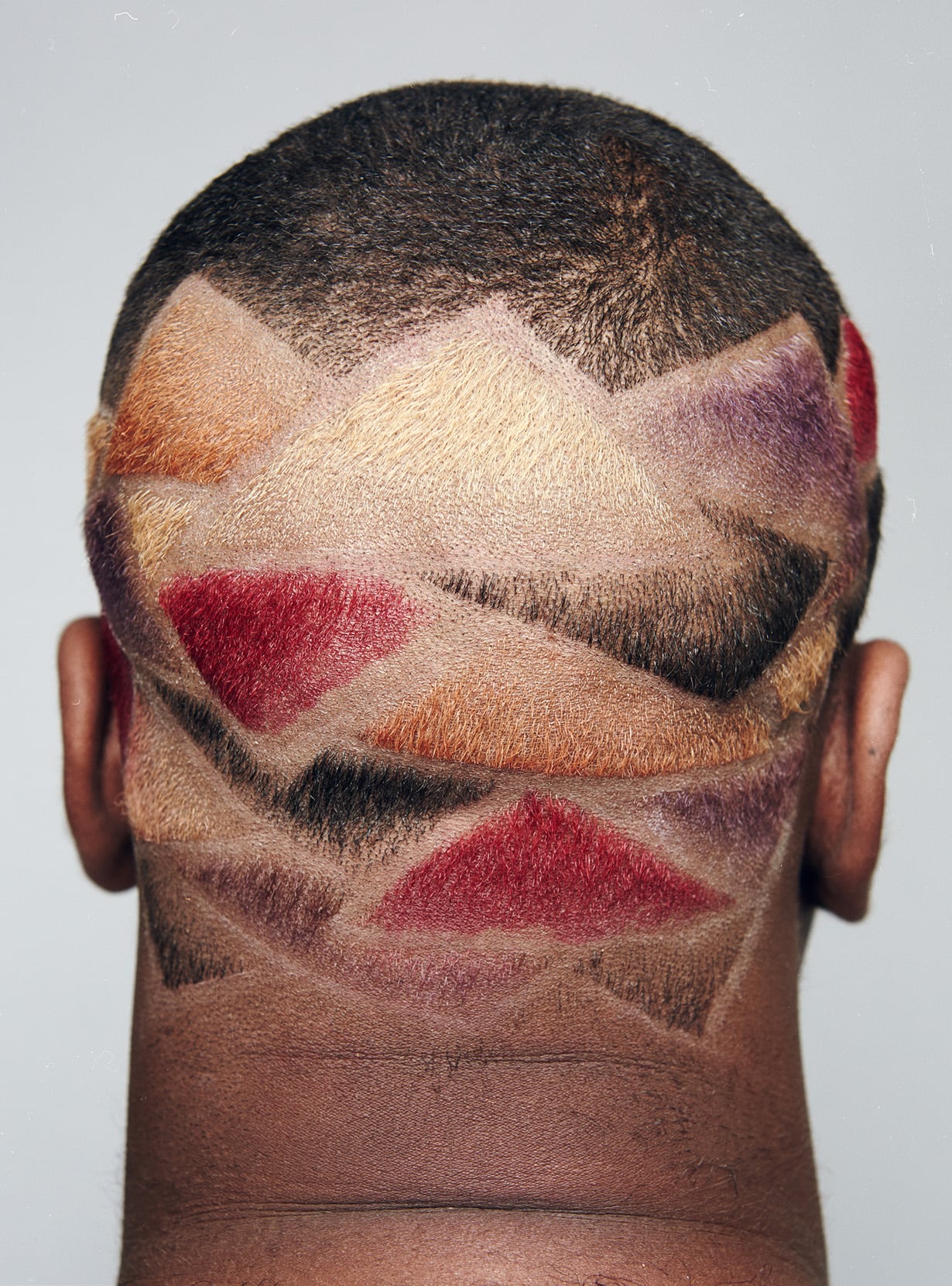ART + CULTURE: Hick Duarte’s photoseries Chavosos captures barbershop culture on the fringes of São Paulo
Images: Hick Duarte
Interview: Alex Mascolo
Chavosos investigates the hairstyles of young men living in the favelas of Brazil. The series was created by São Paulo based photographer Hick Duarte, whose interest in documenting the visual culture of those living on the city’s fringes led him to contact barber Vinícius Rodrigues. It was Rodrigues’s barbershop Bom de Corte which eventually became the backdrop for the entire series.
"By examining the visual codes of a kid who lives on the periphery and has minimal concern for his individuality, you realise that a haircut is an important personal style tool”
Witnessing the importance of this particular barbershop to its clientele, Duarte explains, “it is a constant meeting space, whether it be for everyday conversations, sharing new ‘Baile Funk’ tunes or just hanging out. They are out there daily, even without the intention of cutting their hair”. Furthermore, Rodrigues nurtures the shop’s social function by hosting monthly social projects and sharing his techniques with those that are keen to learn. We spoke to Duarte about his experience of shooting Chavosos.
What inspired you to shoot this series? It all started with an interest in investigating the visual culture of the outskirts in Brazil. There are very interesting style expressions popping up all the time on the fringes of the spotlight that face the centre of our big cities. The Baile Funk movement, for example, is something very authentic which directly relates to several aspects of our reality in Brazil, from music to social issues. I began to think about how style reflects the cultural reality of these young people, and has so much significance in a scene that I discovered to be more behavioural than purely musical. By examining the visual codes of a kid who lives on the periphery and has minimal concern for his individuality, you realise that a haircut is an important personal style tool.
What does the word ‘Chavosos’ mean? It’s a call used by the boys to indicate who has a certain style in the community. Usually it’s the boys who wear clothing brands and have the sharpest haircuts (with drawings, texts, colours and bolder textures). Some say it is the Brazilian re-reading of the England ‘chav boys’, but with a slightly more visually loaded and colourful look.
What was the experience of creating Chavosos like? How did you manage to gain entry into this world? The idea was born very naturally and was developed based on a lot of respect and transparency. As an outsider, I tried to get more involved with the artist who did the haircuts and the young people before I started to photograph them. I got to know their personal backgrounds, to identify who were most receptive to being photographed and, most importantly, not to photograph anything in a way that made them feel uncomfortable. I think the strongest proof of success for this project is seeing the boys using the images as their profile photos on social media. From the very beginning I thought their seal of approval would be more important than any other.
What were the most popular cuts and designs you came across? In the community I photographed, the haircuts were quite diverse, but I think the most common may be short hair with punctual details on the sides. The creativity in these barbershops is fascinating and every week I am surprised by new shapes and designs that they share with me.
Were any of the hair designs linked to specific ideals such as social status or belief systems? Most of the designs are random and I think that this unpretentiousness is what makes the whole story so interesting. These young people are guided much more by a visual attraction than by the intention of making a statement – although the whole story, in a general context, is a statement in itself.
- ANTHROPOLOGY OF HAIR
- ANTHROPOLOGY OF HAIR
- ANTHROPOLOGY OF HAIR
- ANTHROPOLOGY OF HAIR
- ANTHROPOLOGY OF HAIR
